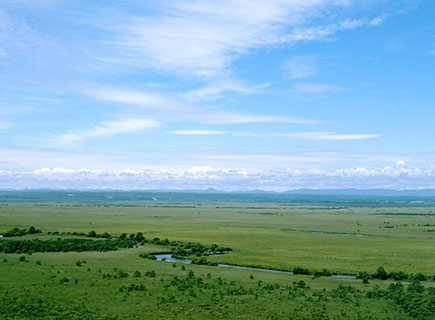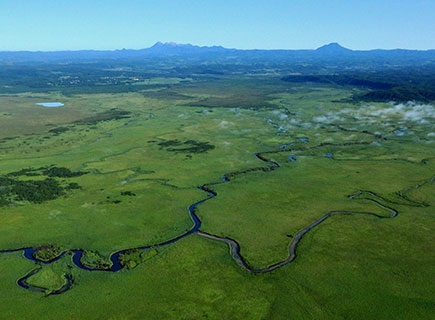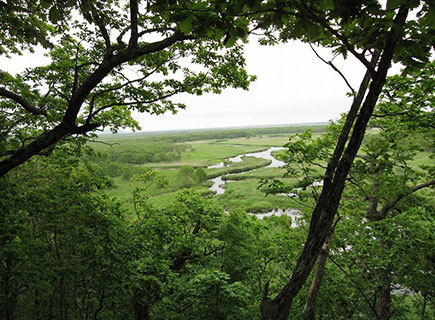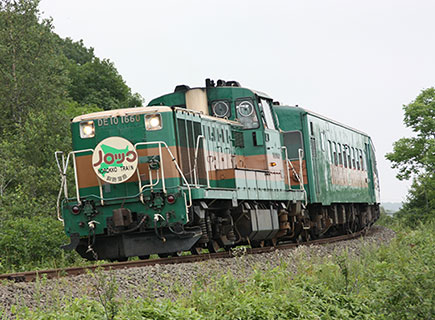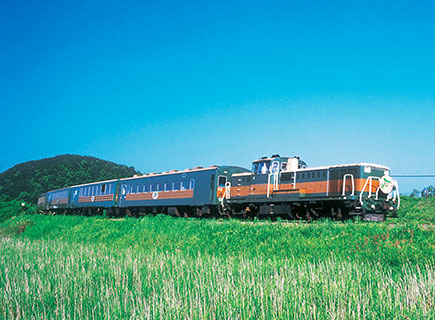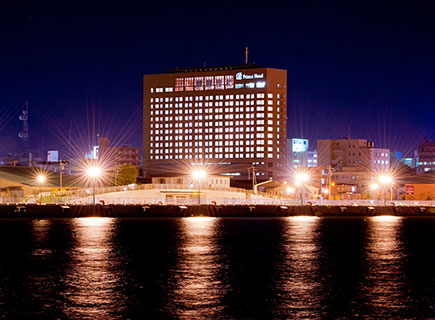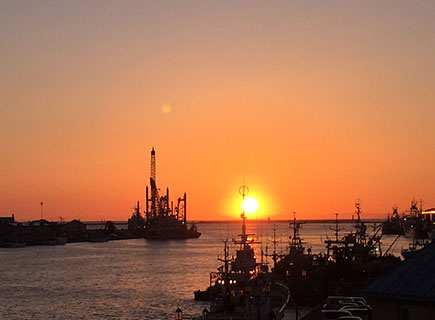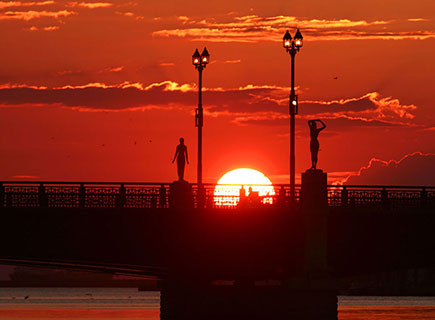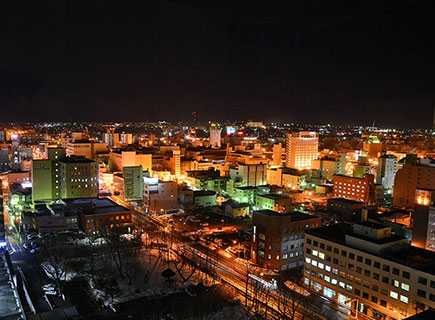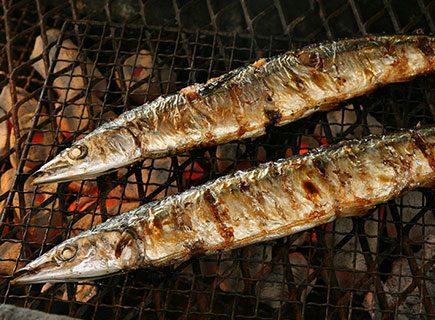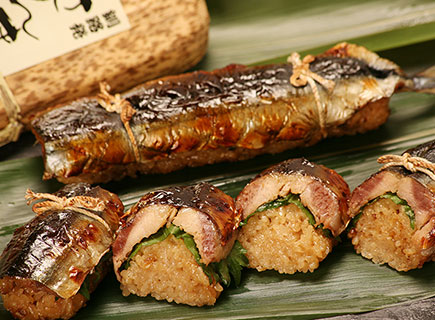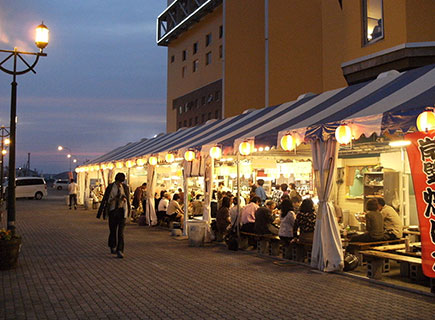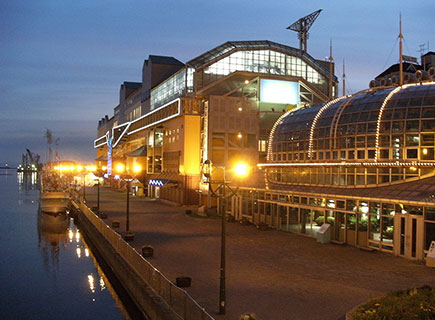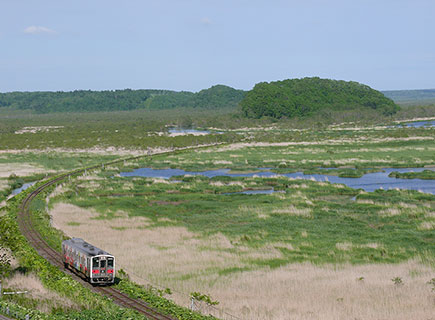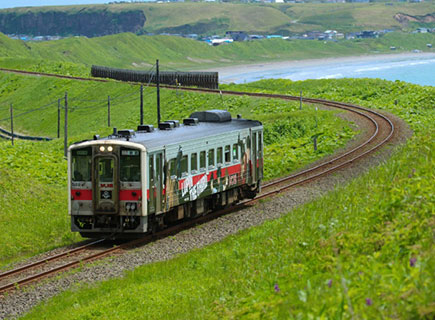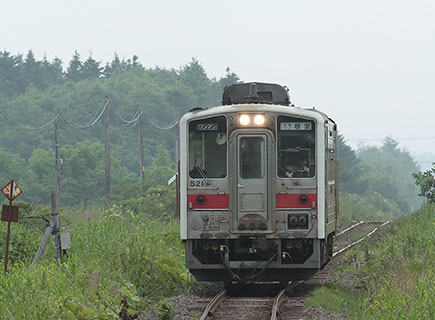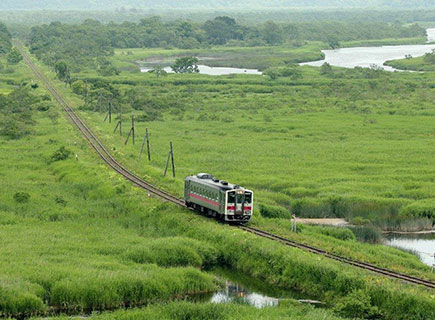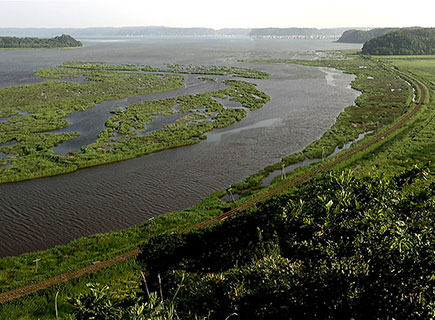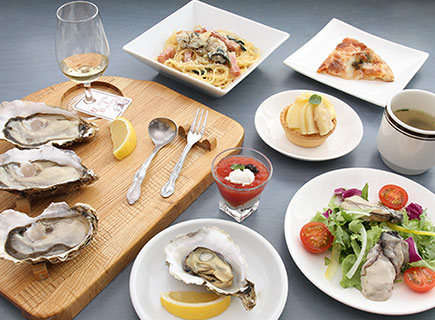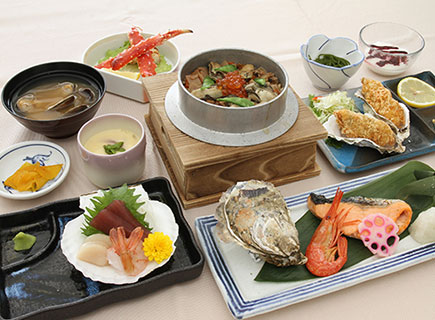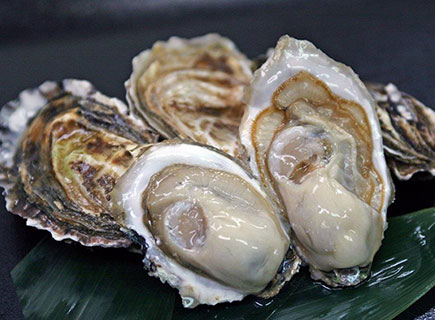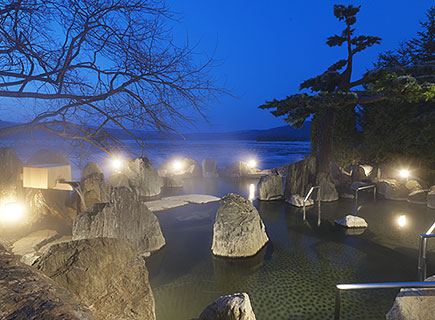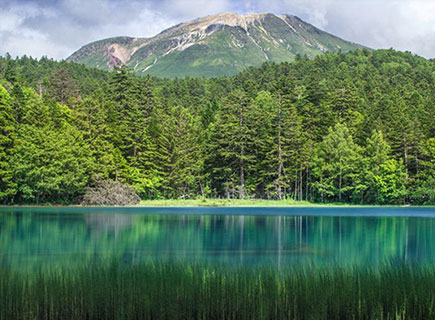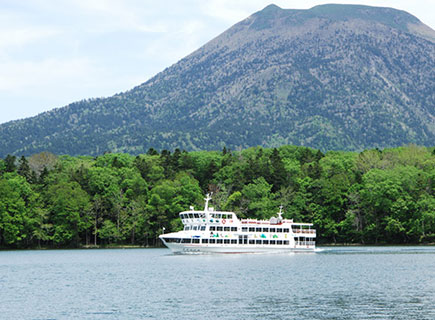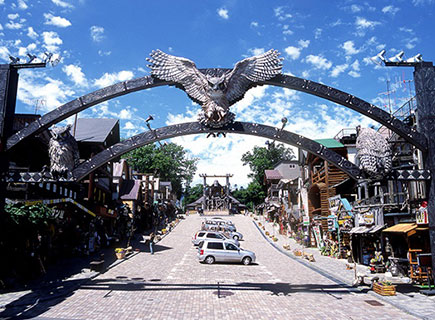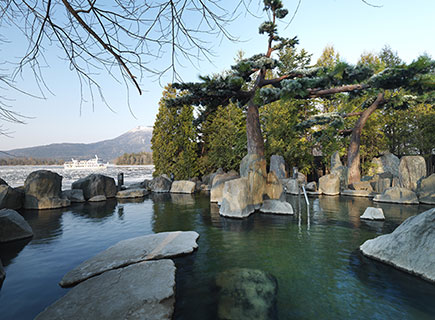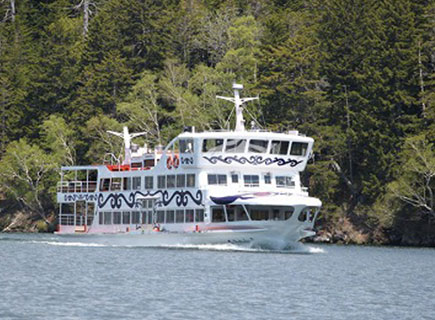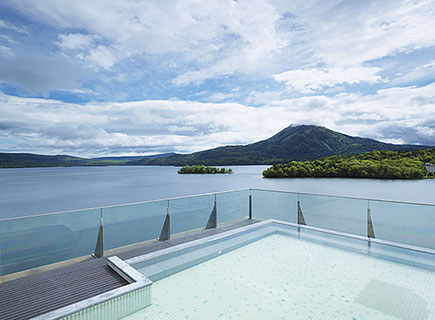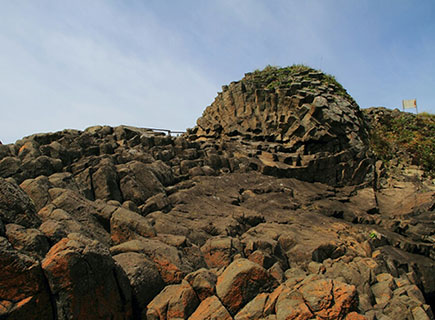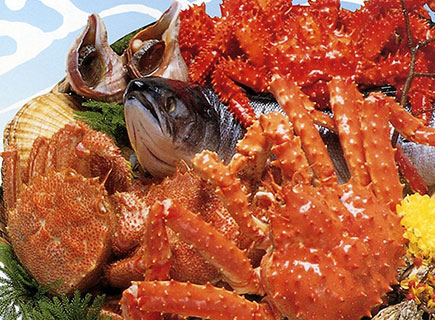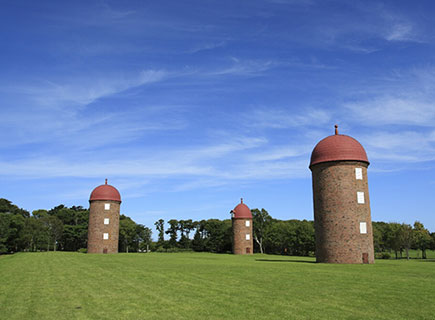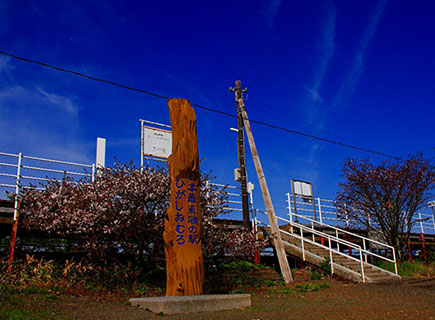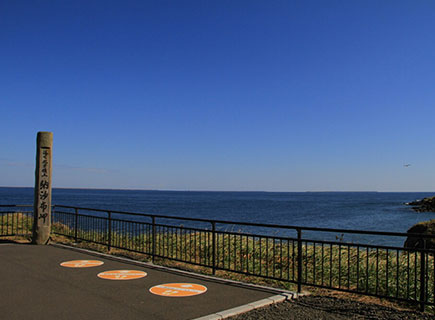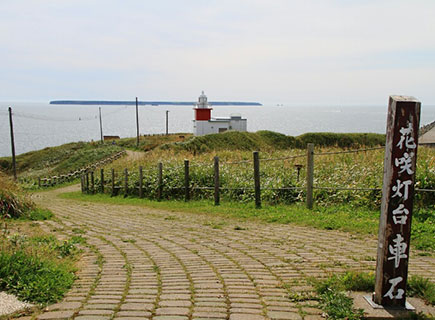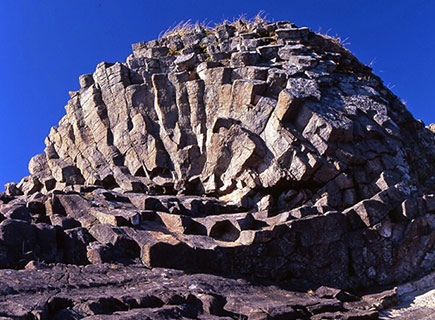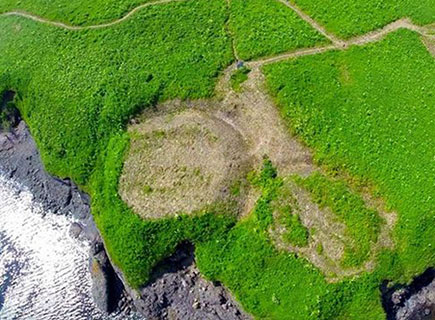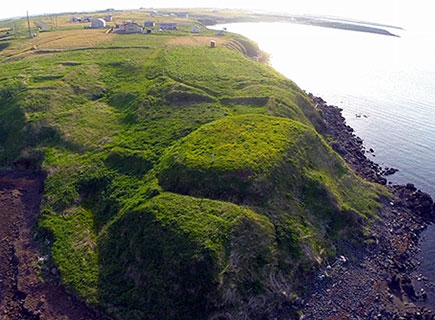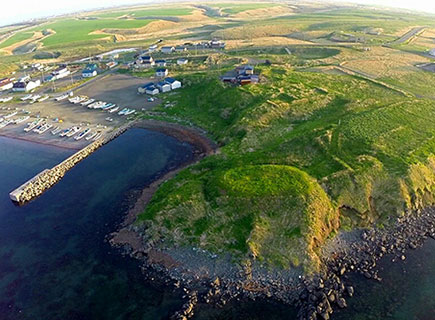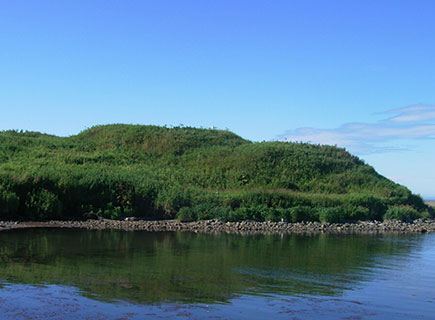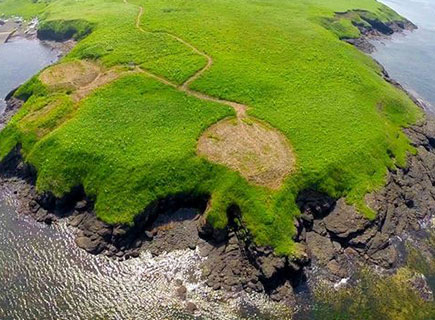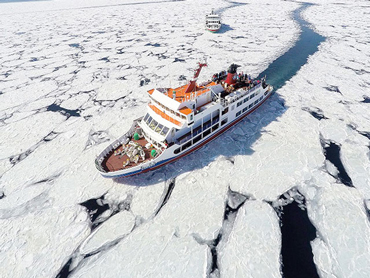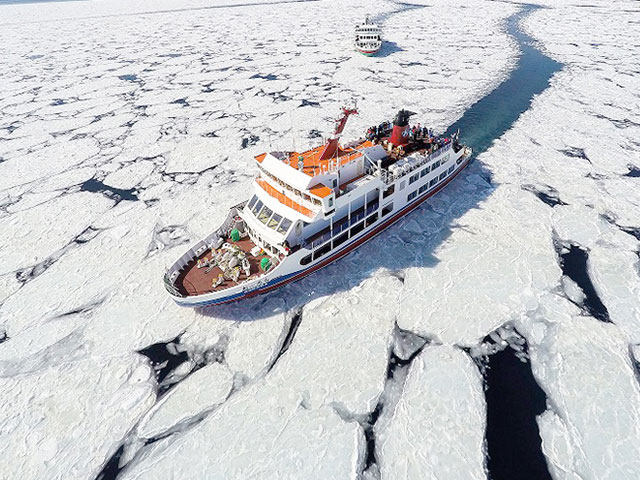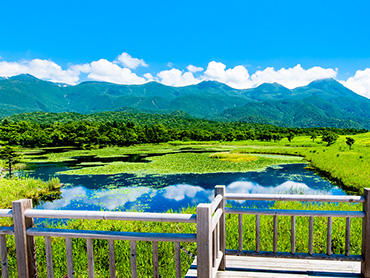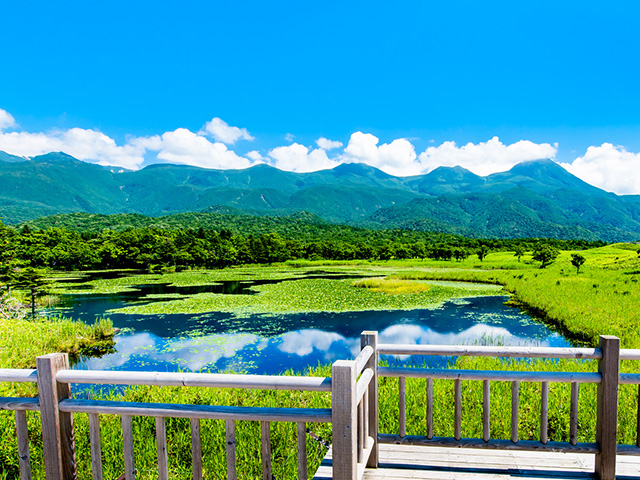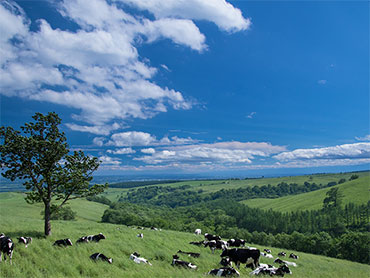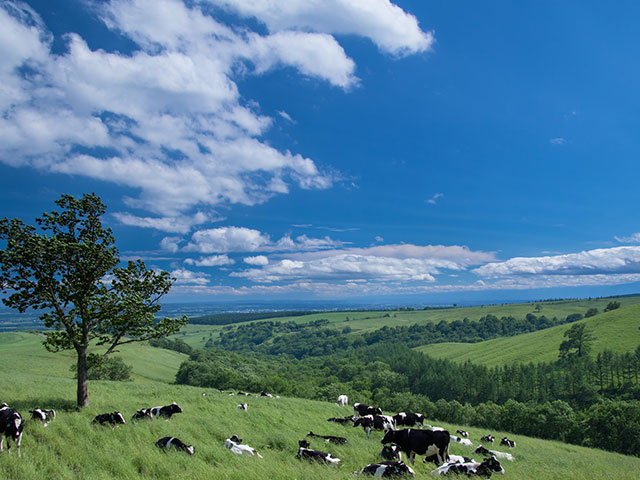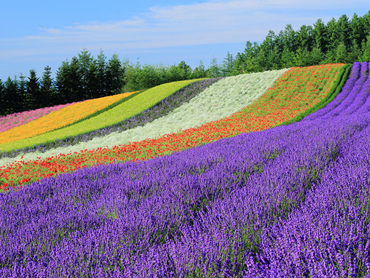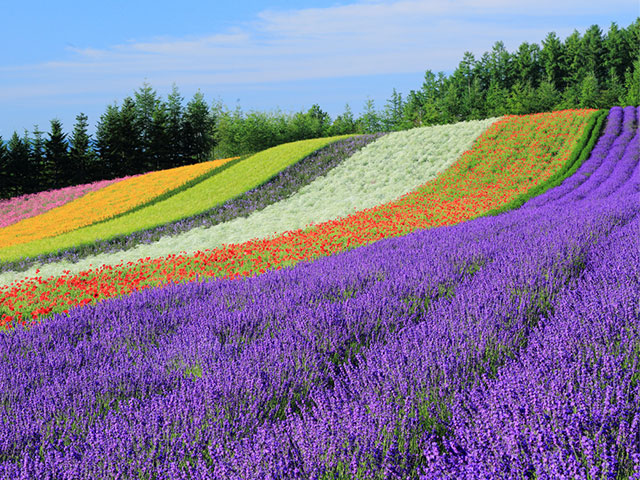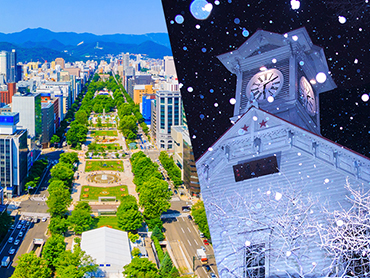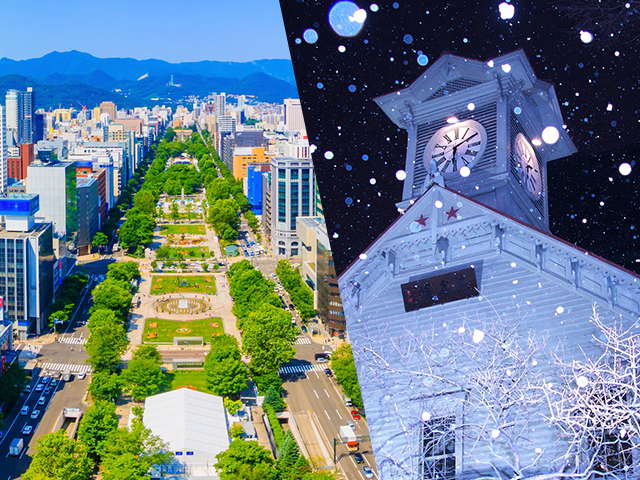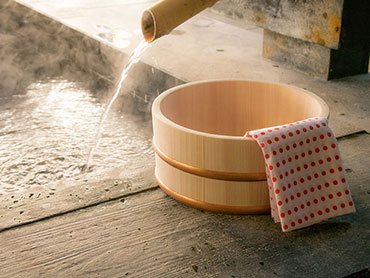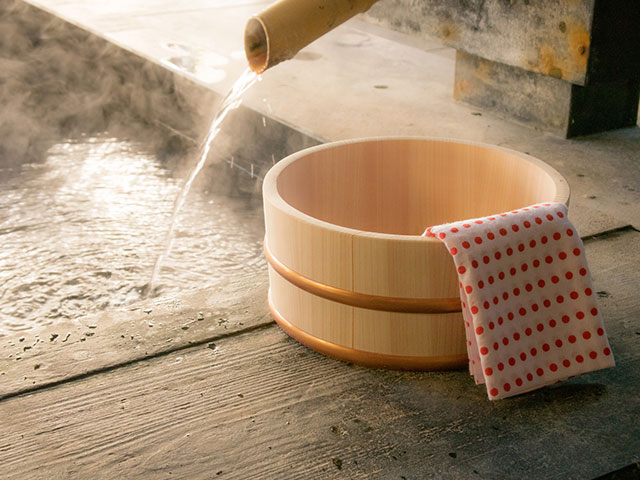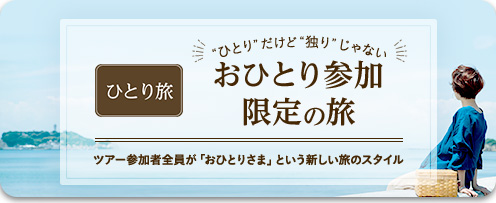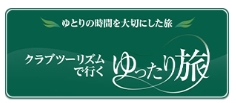[Hokkaido departure] Kushiro and Nemuro tour trip
![[Hokkaido departure] Kushiro and Nemuro tour trip](/sp/special/japan/nemuro-kushiro/images/headline/h_main_pc_01_en.jpg)
![[Hokkaido departure] Kushiro and Nemuro tour trip](/sp/special/japan/nemuro-kushiro/images/headline/h_main_sp_01_en.jpg)
Club Tourism to go for tours to Kushiro and Nemuro! We offer a wide range of tours to Kushiro and Nemuro. Searching for and booking a tour is easy.
Recommended Tours
Highlights of Kushiro and Nemuro
Click the button to move to the tourist spot introduction page.
Kushiro Marshlands.
- Japan's largest wetland and a forest with diverse ecosystems -
The Kushiro Marsh is the largest marsh in Japan and has been designated as a national park, having been the first wetland to be registered under the Ramsar Convention for the purpose of protecting waterfowl. Its total area is approximately 20,000 hectares and is an important habitat for the red-crowned crane and the northern salamander, which are protected species of natural monuments. Another great thing about the Kushiro Marsh is that it shows completely different faces depending on the season and angle. There are five observation decks in the Kushiro Marsh: Hosooka Observatory, Hokuto Observatory, Kushiro City Marsh Observatory, Kottaro Marsh Observatory, and Sarubo Sarurun Observatory, each of which offers a different panoramic view of the marshland. There are also six walking trails, including the Onnekido, where you can enjoy bird watching and plant observation to your heart's content.
Kushiro city
Kushiro is the central city in Eastern Hokkaido Hokkaido that prospered through fishing and trade. The Nusamai Bridge, which spans the Kushiro River that runs through the city, is one of Hokkaido three most famous bridges, and the contrast between the sunset seen from the bridge and the silhouette of the bronze statue is so beautiful that it is also known as "the sunset loved by sailors around the world."
In the port town of Kushiro, you can purchase fresh seafood and high-quality processed seafood products made from those seafood at places like Washo Market and Kushiro Fisherman's Wharf MOO. The town also has good transportation access and a pleasant climate, with an average high temperature of 21.2°C in summer (according to data from the Japan Meteorological Agency in 2018). It has been nominated as the "No. 1 Long-Term Stay (Quick Stay) in Hokkaido for 7 Consecutive Years" (2011-2017).
Hanasaki Line
"Hanasaki Line" is the nickname given to the section between Kushiro Station and Nemuro Station on the JR Nemuro Main Line. The train runs through forests, marshes, and coastlines, and from the train window you can enjoy the dynamic panoramic scenery unique to Eastern Hokkaido. Along the line are wetlands registered under the Ramsar Convention. The Bekanbeushi Marsh is a sanctuary for wild birds, and the fantastic scenery of greenery and water is overwhelming. Wild birds fly freely, and animals do not stay in one place. The marshes, greenery, sea, and sky reflected in the train window change appearance every moment. A trip on the Hanasaki Line is a railroad journey where you cannot take your eyes off the train window. With only one car, please enjoy this rare opportunity.
Akkeshi
Akkeshi Town is surrounded by abundant nature on land and sea, and has a history of developing as a base for eastern Hokkaido since the Edo period. It is the only oyster producing area in Japan that can be shipped all year round. The oysters grow plump and have a rich sweetness. Lake Akkeshi, where freshwater rivers containing nutrients from the mountains and marshes mix with the seawater of the Pacific Ocean, is blessed with a rich natural environment that allows the oysters to grow deliciously. Lake Akkeshi and Akkeshi Bay, which is directly connected to it, are specialized sea areas where the plankton-rich seawater of the open sea and the freshwater of the Bekambeushi River, which flows in with plenty of nutrients from the mountains and marshes, mix, allowing the oysters to absorb sufficient nutrients and grow into rich, flavorful oysters.
Tsurumidai
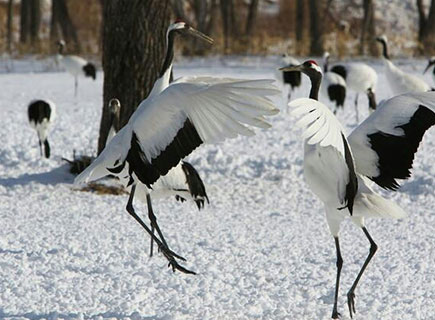
(Image)
Tsurui Village, the home of the red-crowned cranes, is located in the western part of Kushiro Shitsugen National Park, in Akan District under the jurisdiction of the Kushiro Subprefecture, and is the only village in the Kushiro Subprefecture. When Tsurui Village was separated from Akan Town in 1937, it was named "Tsurui Village, the village with the cranes" because it was the habitat of the red-crowned cranes, a special natural monument. The red-crowned crane is a bird designated as a national natural monument and is known as the "lady of the snowy plains." Around 150 red-crowned cranes fly in to this spot in search of food every year from around Nov. to Mar., and it is a place where photographers and tourists come in endless numbers.
Lake Akan
A caldera lake in Akan Mashu National Park, it is a representative tourist destination in Hokkaido. The view of Mount Oakan towering on the east shore is majestic, and it shows beautiful expressions in every season. There are four islands, and it is also famous for the spherical "Lake Akan Marimo", a special natural monument that is rare worldwide. Lake Akan has been selected as one of the 100 best hot springs in Japan (Tourism Economics Newspaper Co., Ltd.), and the open-air bath overlooking Lake Akan and Mount Meakan is a spectacular view that will soothe your daily fatigue. Right next to the hot spring town is Japan's largest Ainu Kotan, which has been featured in anime and other media, where you can learn about the culture of the Ainu people, such as souvenirs of ethnic costumes and wood carvings, and the Ainu Theater where traditional ancient dance is performed.
Nemuro, Cape Nosappu
Cape Nosappu is the easternmost cape of mainland Japan. The area around the cape has been developed as Cape Nosappu Park, and there are monuments, facilities, and restaurants related to the Northern Territories, so you can enjoy a leisurely stroll. It is also famous for being the place where you can see the earliest first sunrise in Hokkaido, and is a popular spot for tourists during the New Year holidays. Furthermore, it is the birthplace of Nemuro's specialty, Hanasaki crab, which can be purchased at souvenir shops nearby. Hanasaki crab is a crab that only lives in a limited area around Nemuro in Hokkaido, and its meat is sweeter than that of ordinary crabs, so locals in Hokkaido often prefer it to the three major crabs.
Nemuro Peninsula Chashi Remains
The Nemuro Peninsula Chashi Ruins are one of Japan's 100 Great Castles, and are difficult to reach by public transport, making them a difficult spot even for castle fans who collect "great castle stamps." "Chashi" means "fenced enclosure" in Ainu, and is said to have been used for multiple purposes such as fortifications, places of worship, and lookout posts. About 500 chashi ruins have been confirmed in Hokkaido, and 32 remain in Nemuro City, 24 of which are designated as national historic sites as the "Nemuro Peninsula Chashi Ruins." The exact date when the chashi ruins in Nemuro City were built is unknown, but they are believed to be around the 16th to 18th centuries. Many of the chashi ruins in Nemuro City are "cliff-like" chashi ruins with semicircular or square moats surrounding them on cliffs overlooking the sea, and are known for being large-scale structures with multiple moats. Currently, there are two sites that have been developed for sightseeing: the ruins of Notsukamafu No. 1 and No. 2 Chashi and the ruins of Wonnemoto Chashi.
Easy online travel consultation
Customer Co-Creation Activities
Latest Tours and Information
Club Tourism Travel Brand
Overseas Travel
Club Tourism Internet Membership Information
-
A wide range of services exclusively available to members
-
Search for trips anytime, anywhere!
-
Be the first to know about the best seasonal travel deals!



